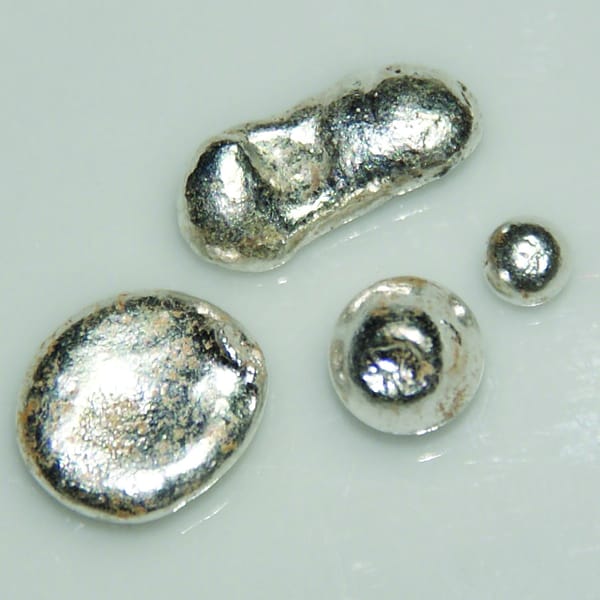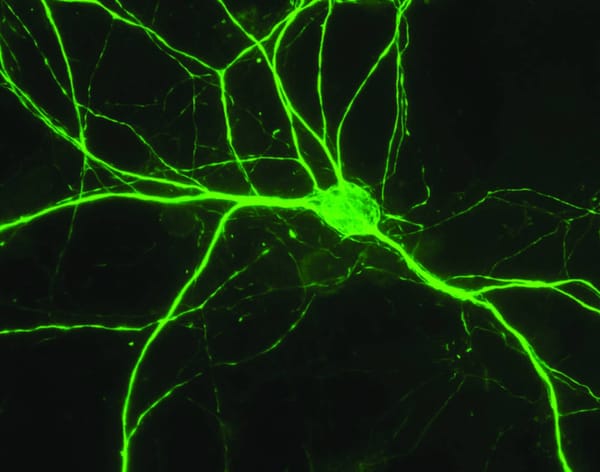Waterjet printer set to make a splash
‘Disappearing ink’ generally conjures up images of spies and secret messages. Until now, attempts to create a disappearing ink have been expensive (and sometimes toxic), with the results appearing rather faint on the page. But researchers from China have come up with a solution that uses nothing but
‘Disappearing ink’ generally conjures up images of spies and secret messages. Until now, attempts to create a disappearing ink have been expensive (and sometimes toxic), with the results appearing rather faint on the page. But researchers from China have come up with a solution that uses nothing but plain old water. The secret, though, lies in the paper. The team came up with a special kind of coating which changes colour when it reacts with water. Over time the water evaporates and the dye becomes invisible again, meaning the paper is completely reusable. At room temperature, the paper would dry out in just under a day. At 70C, the ink disappears in just 30 seconds. Importantly, the technology can be used with existing inkjet printers - the team simply replaced the ink in a printer cartridge with water using a syringe. A single sheet of paper can be re-used up to 50 times, and based on this sort of usage the technology would be a mere 1% of the cost of standard inkjet printing. The process used to treat the paper does make it slightly more expensive, but only around 5% more so than normal paper, meaning overall the technology is very cost-effective. As well as being cheap, using a technology like this in offices and schools would have significant benefits for the environment. According to some studies, up to 40% of office prints are thrown away after just one reading, so water-jet printing would also save reams of paper and thousands of trees. At the moment, the printers can only produce one colour at a time, from a selection of blue, magenta, gold and purple. From pictures of the group’s first attempts, writing looks clear and accurate - certainly good enough for general use. The next step will be to improve the resolution, and to enable the printing multiple colours for images. DOI: 10.1038/ncomms4044








